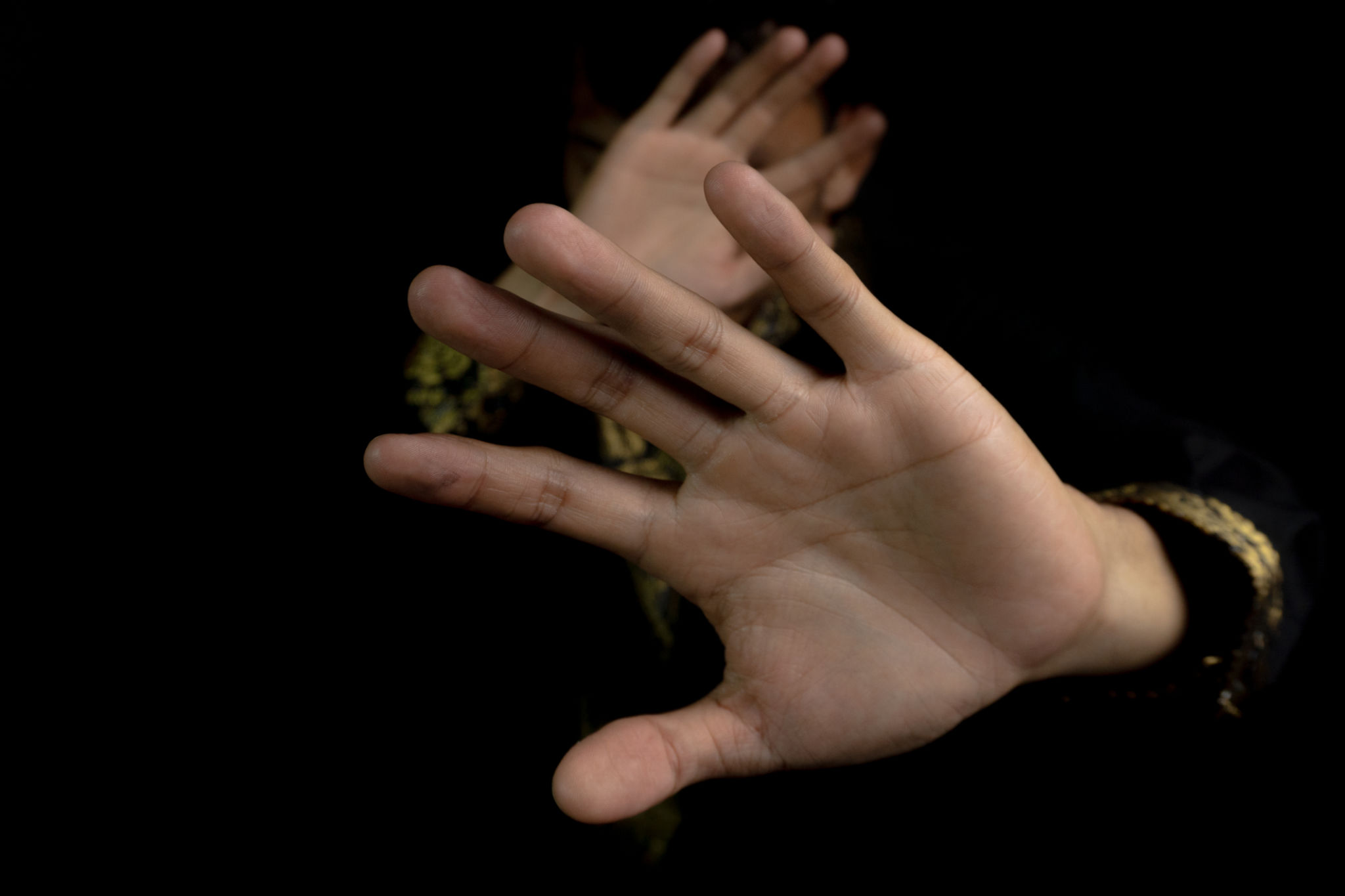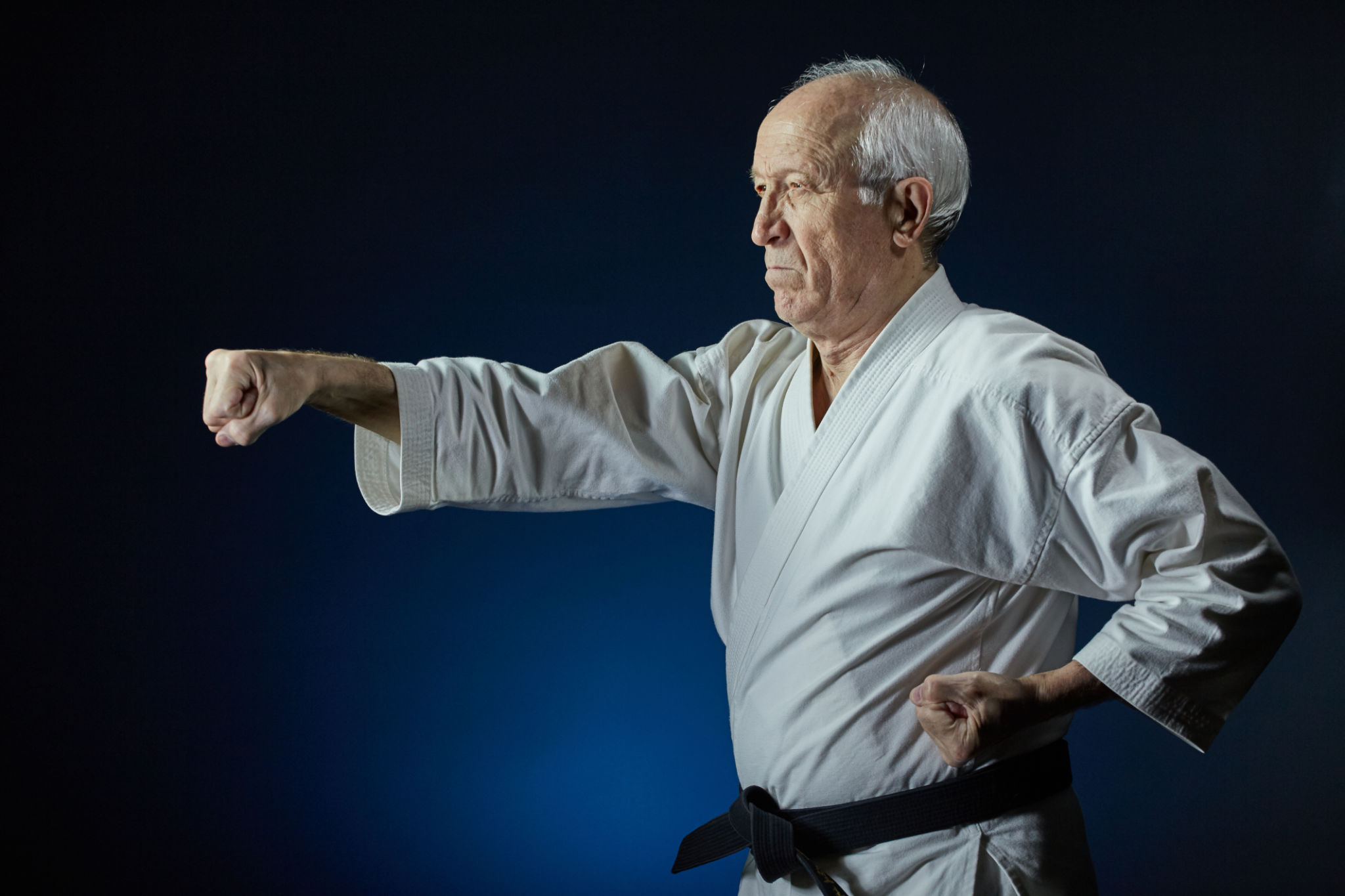Common Misconceptions About Martial Arts: Debunked
Understanding Martial Arts
Martial arts have been popularized through movies, television shows, and even video games. However, these representations often lead to common misconceptions about what martial arts truly entail. In this post, we aim to debunk some of these myths and shed light on the reality of martial arts practice.

Martial Arts Are Only About Fighting
One of the biggest misconceptions is that martial arts are solely about fighting. While self-defense is a component, martial arts encompass much more, including discipline, respect, and self-improvement. Many practitioners focus on personal growth and mental strength just as much as physical prowess.
In many disciplines, the emphasis is on avoiding conflict and using martial skills only as a last resort. The teachings often include philosophy and meditation, promoting peace and self-awareness.

You Must Be in Top Physical Condition
Another myth is that you need to be in peak physical condition to start practicing martial arts. In reality, martial arts can be adapted to suit individuals of all fitness levels. Whether you're a beginner or an experienced athlete, there is always a style that can fit your needs.
The journey itself helps improve fitness levels over time. Martial arts training is progressive, allowing individuals to build strength, flexibility, and endurance at their own pace.

Martial Arts Are Only for the Young
Many believe that martial arts are only suitable for younger people. This couldn't be further from the truth. Martial arts can be practiced by people of all ages. In fact, many older adults find martial arts to be an excellent way to stay active, maintain balance, and improve mental focus.
There are specific classes tailored for different age groups, ensuring that everyone can benefit from the practice in a safe and supportive environment.

All Martial Arts Are the Same
A common misunderstanding is that all martial arts forms are identical. In reality, there is a vast array of styles, each with its unique techniques and philosophies. From the striking techniques of Karate to the grappling methods in Brazilian Jiu-Jitsu, each discipline offers something different.
Choosing the right martial art often depends on personal goals and interests. It's worth exploring various styles to find the one that resonates with you the most.

Martial Arts Are Only for Men
Another stereotype is that martial arts are predominantly male-oriented activities. Today, more women than ever are embracing martial arts for its benefits in self-defense, fitness, and empowerment. Many schools actively encourage female participation and have female instructors who serve as role models.
The inclusivity in martial arts communities allows everyone to learn and grow in a supportive environment, breaking down gender barriers and fostering mutual respect.

